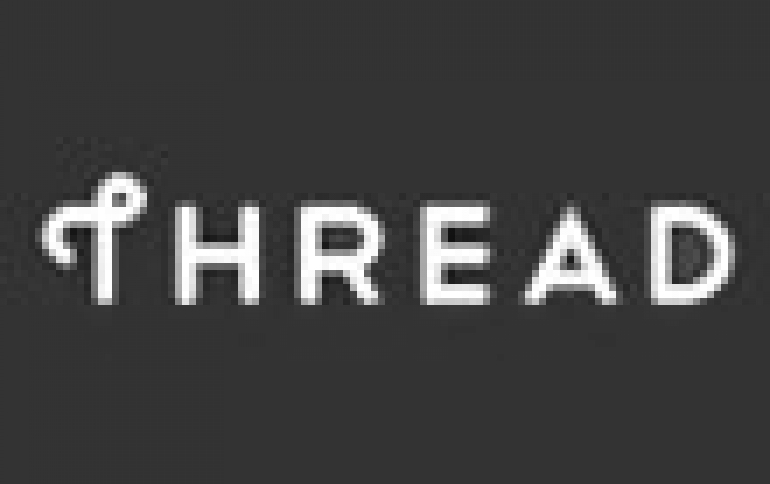
Google's Nest Launches Thread, A Wireless Networking Protocol for the Home
Google's Nest Labs on Tuesday unveiled the Thread Group, an industry group to encourage makers of smart home gadgets to use a new standard for devices to communicate on a network. Thread is a new IP-based wireless networking protocol. Thread Group founding members consist of Yale Security, Silicon Labs, Samsung Electronics, Nest Labs, Freescale Semiconductor, Big Ass Fans and ARM.
While currently available 802.15.4 networking technologies have their own advantages, each also has critical issues that prevent the promise of the Internet of Things (IoT) from being realized. These include lack of interoperability, inability to carry IPv6 communications, high power requirements that drain batteries quickly, and "hub and spoke" models dependent on one device (if that device fails, the whole network goes down). With Thread, product developers and consumers can securely connect more than 250 devices into a low-power, wireless mesh network that also includes direct Internet and cloud access for every device.
"Existing wireless networking approaches were introduced long before the Internet of Things gained ground," said Vint Cerf, vice president and chief Internet evangelist, Google, and advisor to the Thread Group. "The Thread protocol takes existing technologies and combines the best parts of each to provide a better way to connect products in the home."

"A number of networking solutions and platforms have been introduced to address the growing demand for connected products in the home," said Lisa Arrowsmith, associate director, connectivity, smart homes and smart cities, IHS Technology. "Built on well-proven standards, including IEEE 802.15.4, IETF IPv6 and 6LoWPAN, Thread represents a resilient, IP-based solution for the rapidly growing Internet of Things."
Thread is not an application protocol or a connectivity platform for many types of disparate networks. It is an IPv6 networking protocol built on open standards, designed for low-power 802.15.4 mesh networks. Existing application protocols and IoT platforms can run over Thread networks. A version of Thread is already being used in Nest products today.
For developers, Thread offers self-healing mesh networks that scale to hundreds of devices with no single point of failure.
Thread networks also feature secure, banking-class encryption.
Thread devices are simple to install with a smartphone, tablet or computer. Consumers can connect Thread devices in the home to each other and to the cloud for easy control and access from anywhere.
Thread supports battery-operated devices as part of a home network. This allows the devices that people use every day - including thermostats, lighting controls, safety and security products - to be a part of the network without requiring constant charging or frequent battery changes.
Existing 802.15.4 wireless devices already on the market -- such as home products that use ZigBee -- can run Thread with a software enhancement.
Thread products will bear the Thread logo.
The attempt by Nest follows similar initiatives by Qualcomm, Intel and other technology companies.
In June, Nest said it partnered with Mercedes-Benz, Whirlpool and light bulb maker LIFX to integrate their products with its thermostats and smoke detectors.
Earlier in July, Microsoft became the 51st member of a competing group called AllSeen Alliance, which is led by Qualcomm and also includes Sharp Corp and other consumer electronics manufacturers.
Apple in June announced plans for HomeKit, its own framework for connecting household gadgets.












